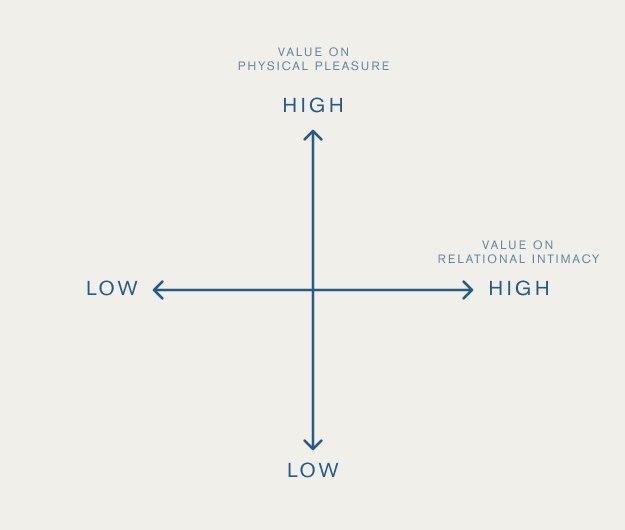How can I maintain intimacy during and after prostate cancer treatment?
Intimacy goes beyond sex. It’s about closeness, being vulnerable, being touched, acceptance, emotional support, and much, much more. Ways to be intimate (without intercourse or penetration) include being affectionate in public, scheduling intimate time, massages, and meditation. These are all great ways to touch, stay connected, and appreciate each other.
Practice good communication with your partner.
Talking to your partner is the first step in preserving closeness and reclaiming sex and intimacy after prostate cancer treatment. Tell your partner about how cancer and treatment have affected you. Talk about how prostate cancer has caused intimacy issues and has affected you sexually. Make a pact to stay connected, be supportive, and work as a team to re-establish an enjoyable sex life.
Avoid making assumptions about your partner’s sexual expectations and needs.
An open and candid discussion about how you two will adapt to changes will help avoid misunderstandings. For example, openly share your ideas on how you can still have sexual contact without intercourse or penetration. Similarly, opening up to each other about the emotional vulnerability you’re experiencing can help bond you together as a team (for example, discussing your fear that you cannot sexually respond to the needs of the other).


